Guide to Educating About Geometric Forms
Geometry is a fundamental branch of mathematics that deals with shapes, sizes, and properties of space. Teaching geometric forms to students can be a fun and engaging experience when approached with creativity and practicality. This section provides a comprehensive guide on how to effectively educate others about geometric forms, connecting theoretical concepts with realworld applications.
How to Teach Shapes
When teaching shapes, it is essential to incorporate a variety of strategies to cater to different learning styles. Here are some effective methods to engage students in learning about geometric forms:
- HandsOn Activities
Utilize physical objects like blocks, shape puzzles, and geometric solids to help students visualize and manipulate shapes. Encourage students to identify and classify shapes in their environment, such as circles in coins or rectangles in windows.
- Visual Aids
Use posters, flashcards, and digital interactive resources to introduce different geometric shapes like squares, triangles, and pentagons. Incorporate colorful illustrations and diagrams to enhance understanding and retention of shape properties.
- RealWorld Connections
Relate geometric shapes to everyday objects and structures, such as the use of triangles in bridges or circles in wheels. Challenge students to find examples of geometric forms in nature, architecture, and art to emphasize the relevance of shapes in the world around them.
- Technology Integration
Integrate educational apps, online games, and interactive simulations to make learning about shapes engaging and interactive. Explore virtual reality experiences that allow students to explore and interact with geometric forms in a digital environment.
Engaging Activities for Teaching Geometric Forms
To make learning about geometric forms enjoyable and memorable, consider incorporating the following activities into your lessons:
- Shape Scavenger Hunt
Create a scavenger hunt where students have to find and identify different shapes in the school or outdoor environment. Provide a checklist or task cards with descriptions of shapes for students to match with reallife examples.
- Geometric Art Projects
Encourage students to create geometric art pieces using shapes like triangles, squares, and circles. Explore tessellation art where students can create patterns using repeated geometric shapes without any gaps or overlaps.
- Shape Sorting Games
Play interactive games like shape sorting puzzles or shape bingo to reinforce shape recognition and classification skills. Challenge students to sort shapes based on specific attributes such as number of sides, angles, or symmetry.
- Outdoor Geometry Walk
Take students on a geometry walk around the school or neighborhood to identify geometric shapes in architecture, signs, and natural surroundings. Have students take photographs of geometric shapes they find and create a collage or presentation showcasing their discoveries.
By incorporating handson activities, visual aids, realworld connections, and technology integration into your lessons, you can effectively engage students in learning about geometric forms. Through interactive and creative approaches, students can develop a deep understanding of shapes and their applications in various contexts. How to teach shapes will vary based on the age and proficiency level of the students, so remember to tailor your lessons to meet the needs and interests of your learners.


 Christina Alvardo is the author of Rush Gambler Win, a premier platform for staying ahead in the dynamic world of gambling. Renowned for her expertise, Christina delves into a wide range of topics, including casino games, sports betting, esports wagering, and the exciting realm of cryptocurrency gambling. Through her in-depth knowledge and practical advice, she offers players expert tips, strategies, and insights to enhance their gameplay, make smarter bets, and ultimately improve their chances of success. Whether you’re a seasoned gambler or a newcomer, Christina’s content ensures you stay informed and ahead of the curve.
Christina Alvardo is the author of Rush Gambler Win, a premier platform for staying ahead in the dynamic world of gambling. Renowned for her expertise, Christina delves into a wide range of topics, including casino games, sports betting, esports wagering, and the exciting realm of cryptocurrency gambling. Through her in-depth knowledge and practical advice, she offers players expert tips, strategies, and insights to enhance their gameplay, make smarter bets, and ultimately improve their chances of success. Whether you’re a seasoned gambler or a newcomer, Christina’s content ensures you stay informed and ahead of the curve.
